Picture it: Castro Street, late 1970s. The San Francisco sun beams down on a neighborhood reborn. Men in tight Levi’s lean against brick walls, their mustaches perfectly combed, their boots scuffed just enough to look sexy. Shirts? Optional. Confidence? Mandatory.
This wasn’t just a look—it was a transformation. A uniform of pride, power, and unapologetic visibility.
These were the Castro Clones, and they weren’t here to blend in.
Featured product:
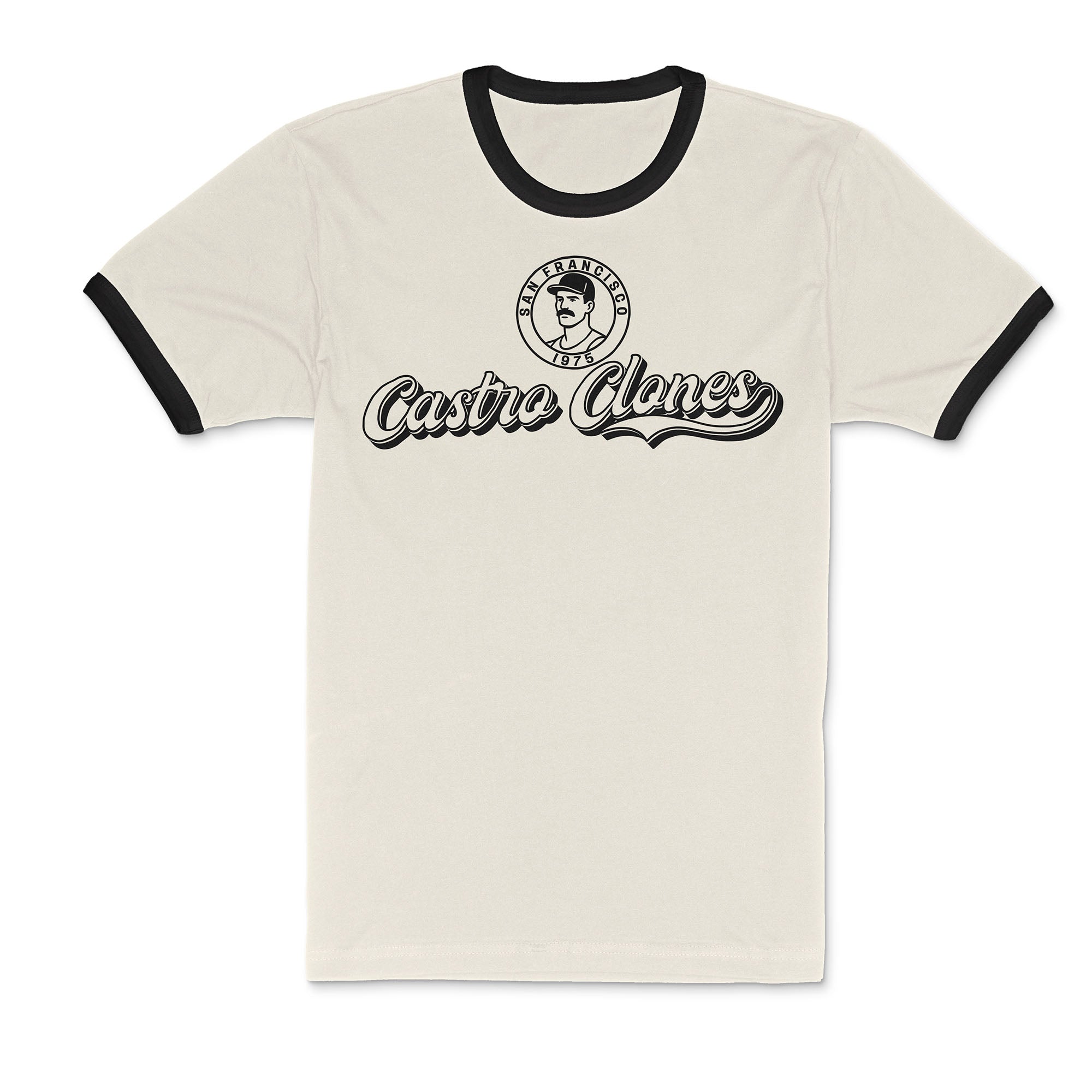
What Was a Castro Clone, Really?
The term “Castro Clone” started as slang but became iconic. It referred to a style that exploded out of San Francisco’s Castro District in the 1970s—what would become one of the first widely recognizable gay male aesthetics.
Inspired by blue-collar masculinity—think construction workers, truckers, and lumberjacks—it was a dramatic pivot from the more flamboyant styles of the '60s. This new look was all about being seen as strong, masculine, and sexual on your own terms.
The uniform included:
- Tight Levi’s or painter’s pants (501s were practically gospel)
- Leather belts and boots
- Plaid flannel shirts or fitted white tees
- A bushy mustache (bonus points for aviator shades)
- A gym-built torso that looked best shirtless
But the Clone wasn’t just about clothing—it was a declaration. These men weren’t dressing up for anyone but themselves and each other. The streets became runways. Sidewalks became catwalks. It was a new era of sexual confidence and community visibility.
The Cultural Context: More Than Just a Vibe
To understand the power of the Castro Clone, you’ve got to understand the time.
It was the post-Stonewall era. Gay liberation was in full swing, and San Francisco had become a safe haven for many queer people looking to live openly. The Castro District, once a sleepy Irish Catholic neighborhood, was rapidly transforming into the beating heart of gay America.
And in that heart? A desire not just to exist, but to own space.
The Clone look said:
“We’re here. We’re not ashamed. And we look damn good.”
It also responded to decades of gay men being stereotyped as weak, effeminate, or predatory. The Clone flipped that script. He was hypermasculine. He was desirable. He was in control of how he was seen.
This was more than a fashion trend—it was an act of resistance with a mustache.
Uniformity, Belonging, and the Double-Edged Sword
Of course, no movement is without complexity.
While the Clone aesthetic created a powerful sense of community and pride for many, it also came with an implicit message: this is what gay looks like now. And if you didn’t fit that mold—if you were femme, fat, disabled, BIPOC, older, or just not into lifting weights—it could feel alienating.
Some critics labeled it “conformity in leather.” There were jokes about “the gay army” or “Stepford gays” marching in unison. But for many Castro Clones, the uniform wasn’t about sameness—it was about finally being seen.
The Films That Turned Clones Into Icons
If Castro Street was the runway, then gay adult cinema was the movie trailer—broadcasting the Castro Clone look to eager audiences across the country and around the world.
At the forefront was Colt Studio, founded by photographer Jim French. His work—first as still photography, then evolving into film—presented the new hypermasculine gay aesthetic in ways that were raw, proud, and beautifully composed. Leather vests, flannel shirts, bulging jeans, and mustaches weren’t just costume pieces—they were symbols of self-possession.
In classic Colt films, viewers were immersed in a fantasy of blue-collar queerness—rail yards, truck stops, barns, backrooms. These weren’t caricatures—they were working men with muscles, sweat, and unapologetic hunger.
And Colt wasn’t alone. Studios like Falcon, Target, Hand in Hand Films, and Barracks embraced and amplified the Clone look as well, crafting entire stories (or at least vibes) around Castro-coded settings. You’d see clones in gyms, garages, firehouses, and locker rooms. The message was clear: this is what gay desire looks like now—and it’s not hiding anymore.
These films didn't just reflect a style. They spread it. In an era before Instagram and TikTok, these were the images playing in adult theaters and VHS players in bedrooms from West Hollywood to Milwaukee. And they helped a generation of gay men see themselves—or at least who they wanted to be—in tight denim and a glinting belt buckle.
Rediscovering the Legacy: Mickey Squires and the Clone Revival
Not long ago, I watched a YouTube interview with Mickey Squires, a gay adult film star who lived through the Castro Clone era as both a cultural icon and an ordinary guy just trying to live his truth.
In the interview (on Matt Cullen’s channel—watch it here), Mickey reminisced about his days in San Francisco—how he and his friends would go to the same barber, get the same tight haircuts, wear the same jeans, and strut down the Castro. They didn’t just look alike—they belonged to something. They were a team.
“If I were to have a baseball shirt,” he said,
“it would say Castro Clones. That was my team.”
That line hit me in the chest. Not just because it was cute (which it was), but because it said so much about the longing we all have—to belong, to feel proud of how we look, and to share that pride with others.
So I Made the Shirt
That moment, that quote, that feeling—I couldn’t shake it. So I made a shirt. A real one.
👉 Castro Clones Gay Ringer Tee
This t-shirt is a love letter to that era:
- The sunny sidewalks of San Francisco
- The men who strutted like they owned the day
- The mustaches, the muscle, the mischief
- And the community they built with every boot stomp
It’s retro, sexy, and yes—just a little tongue-in-cheek. Because the Castro Clone wasn’t about perfection. It was about presence. It was about being seen.
Wear It Proud. Make It Hunky.
When you slip this tee on, I hope you feel it—the same electricity those guys felt standing on Castro Street with the sun on their skin and the world at their feet.
Maybe you were there. Maybe you weren’t. Either way, the legacy lives on in all of us who walk with pride and don’t give a damn what anyone thinks.
So yeah—this one’s for the team.



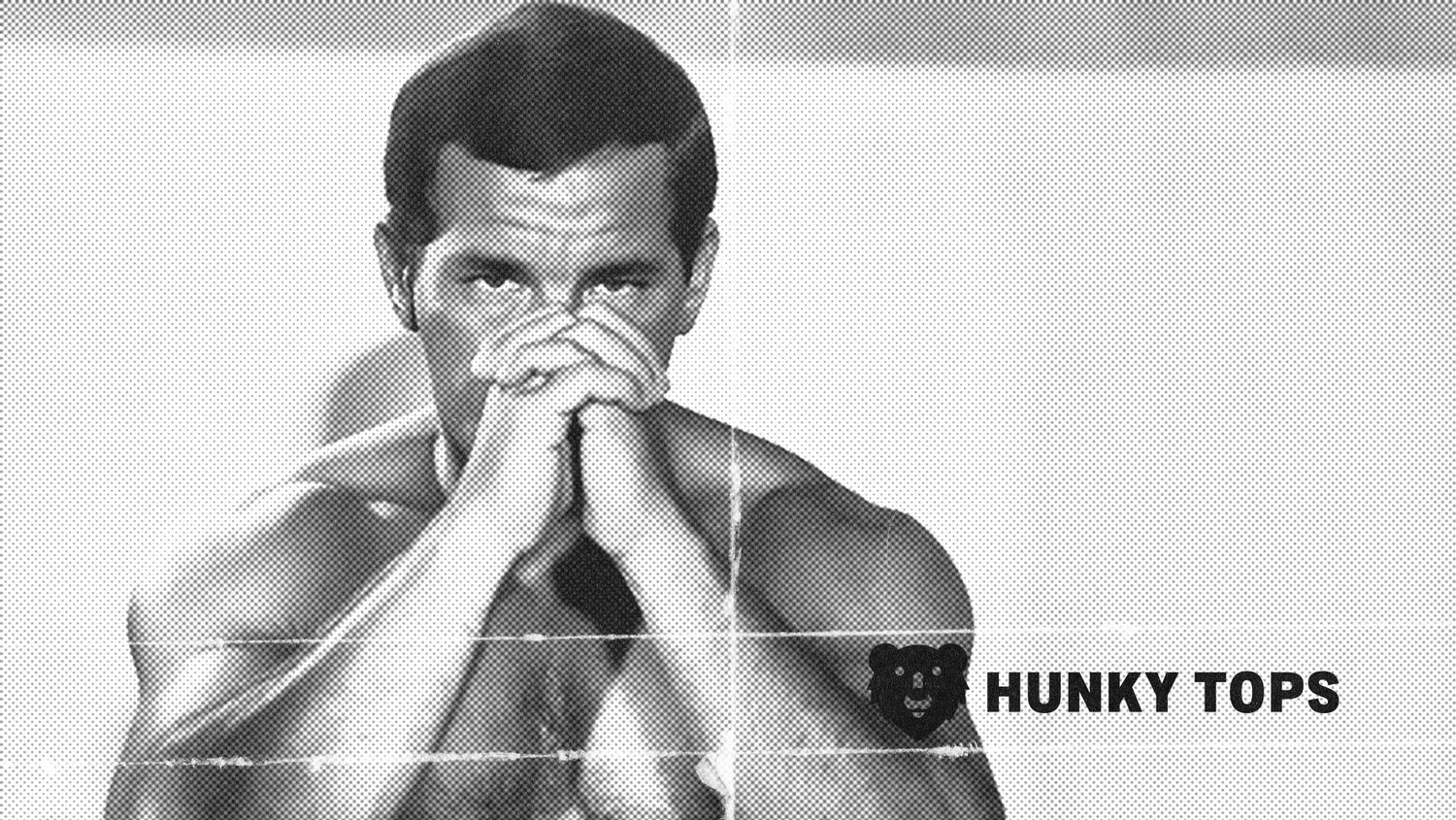

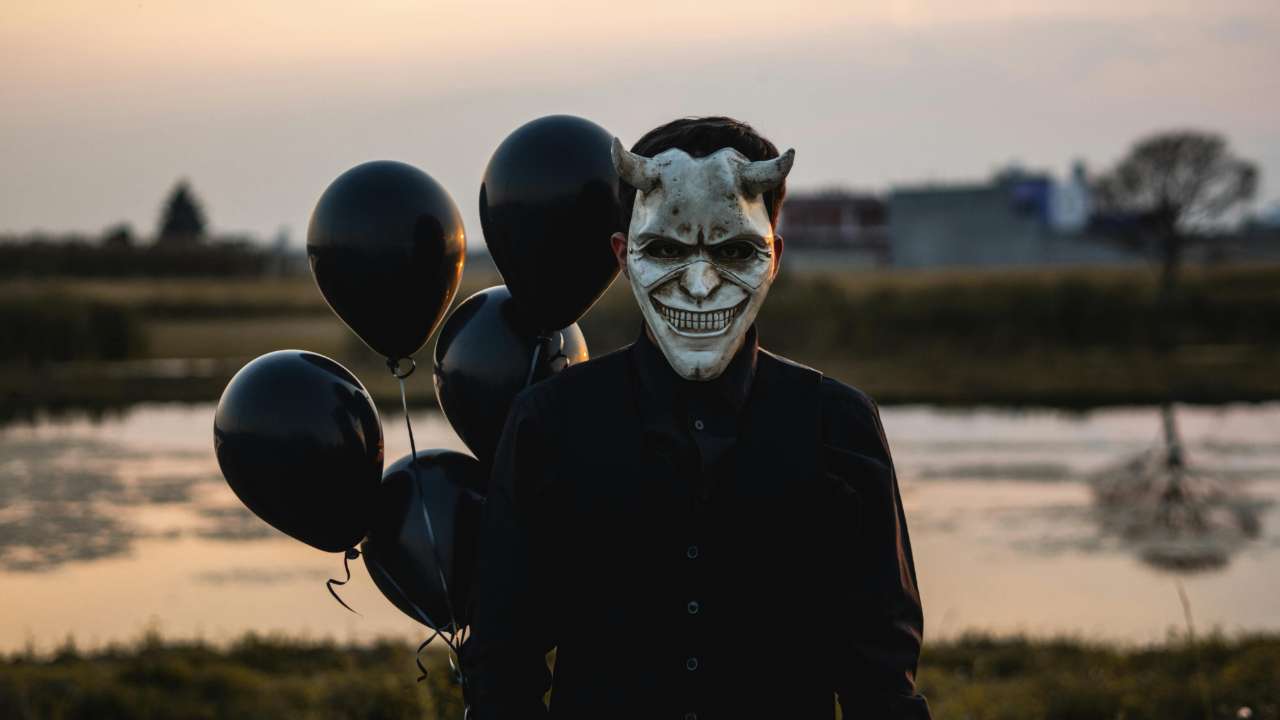
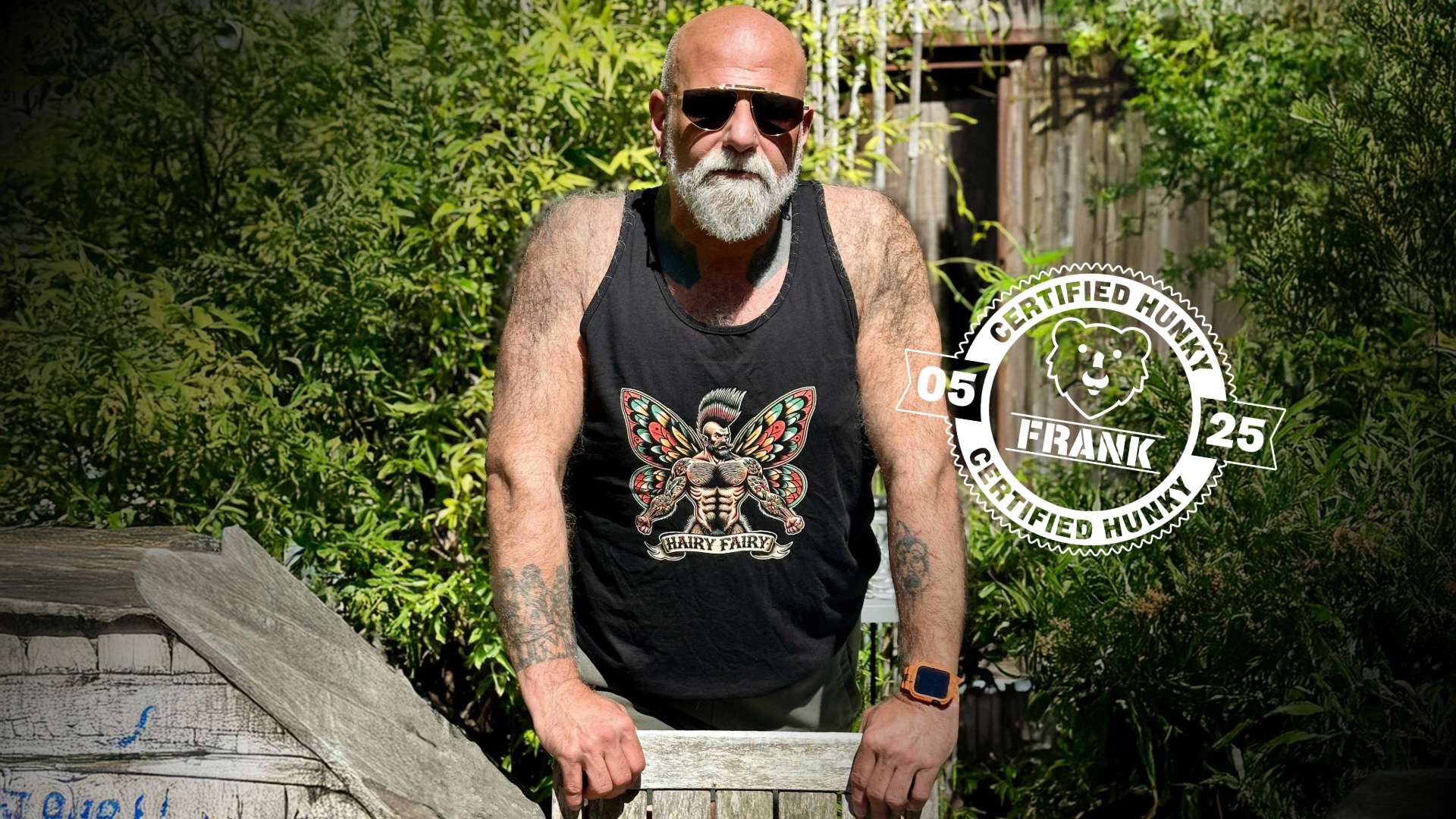
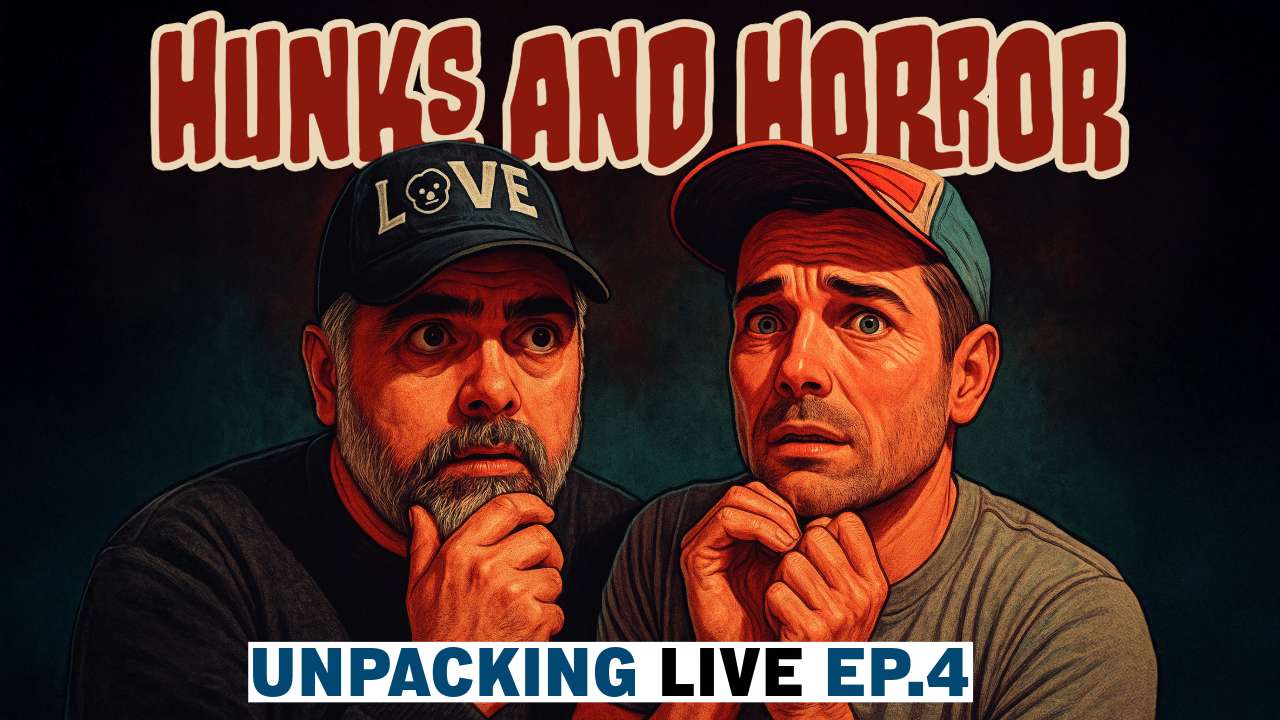
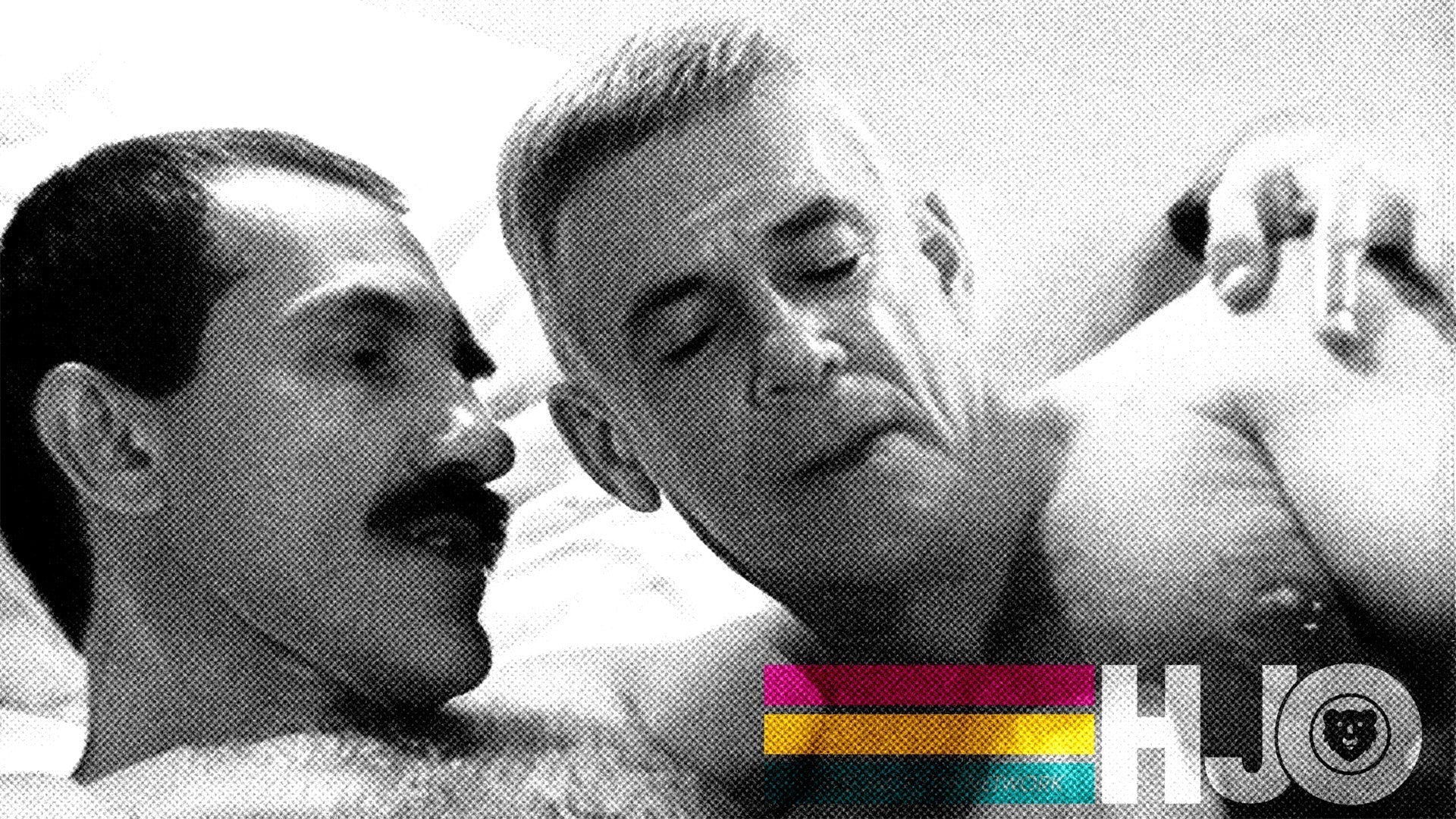


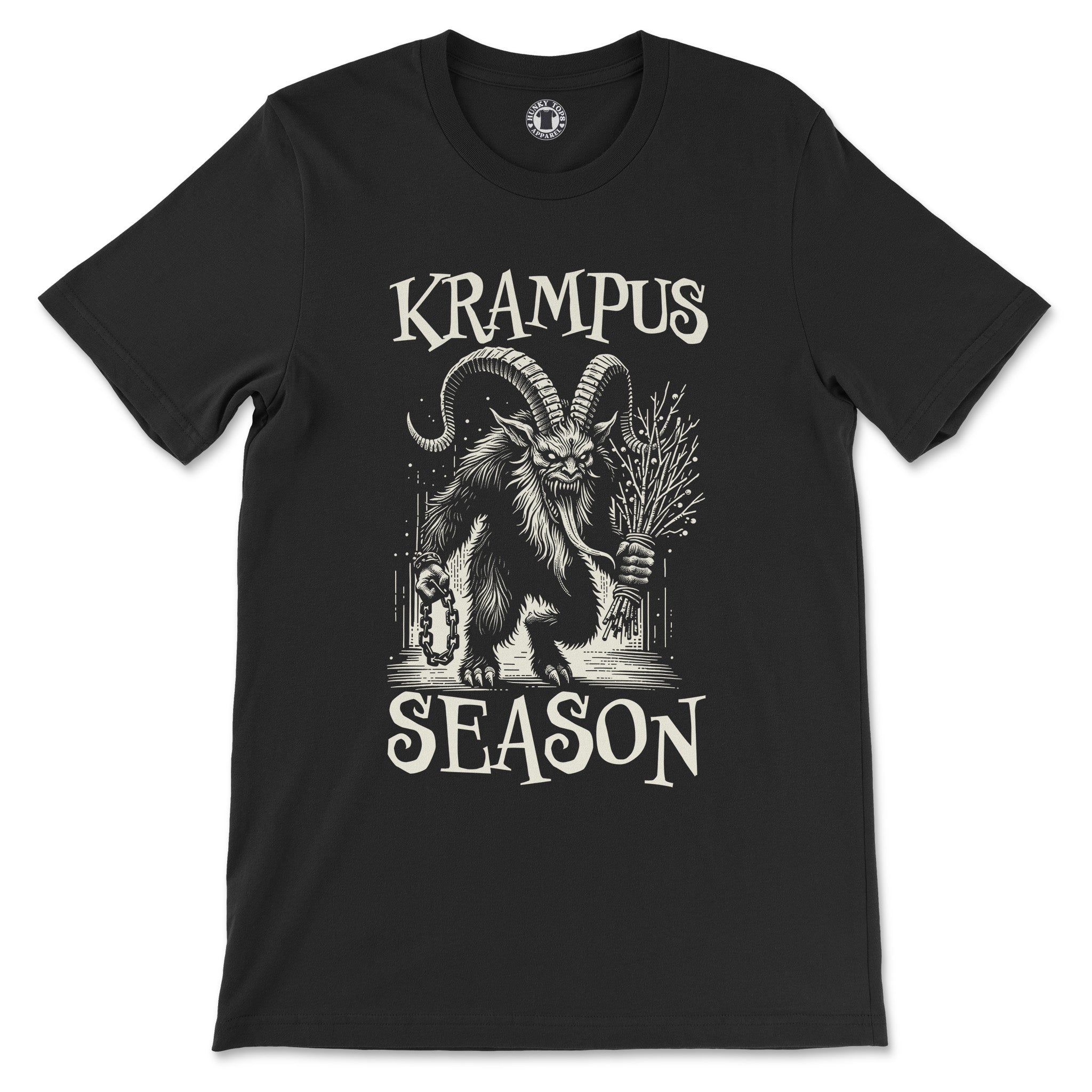
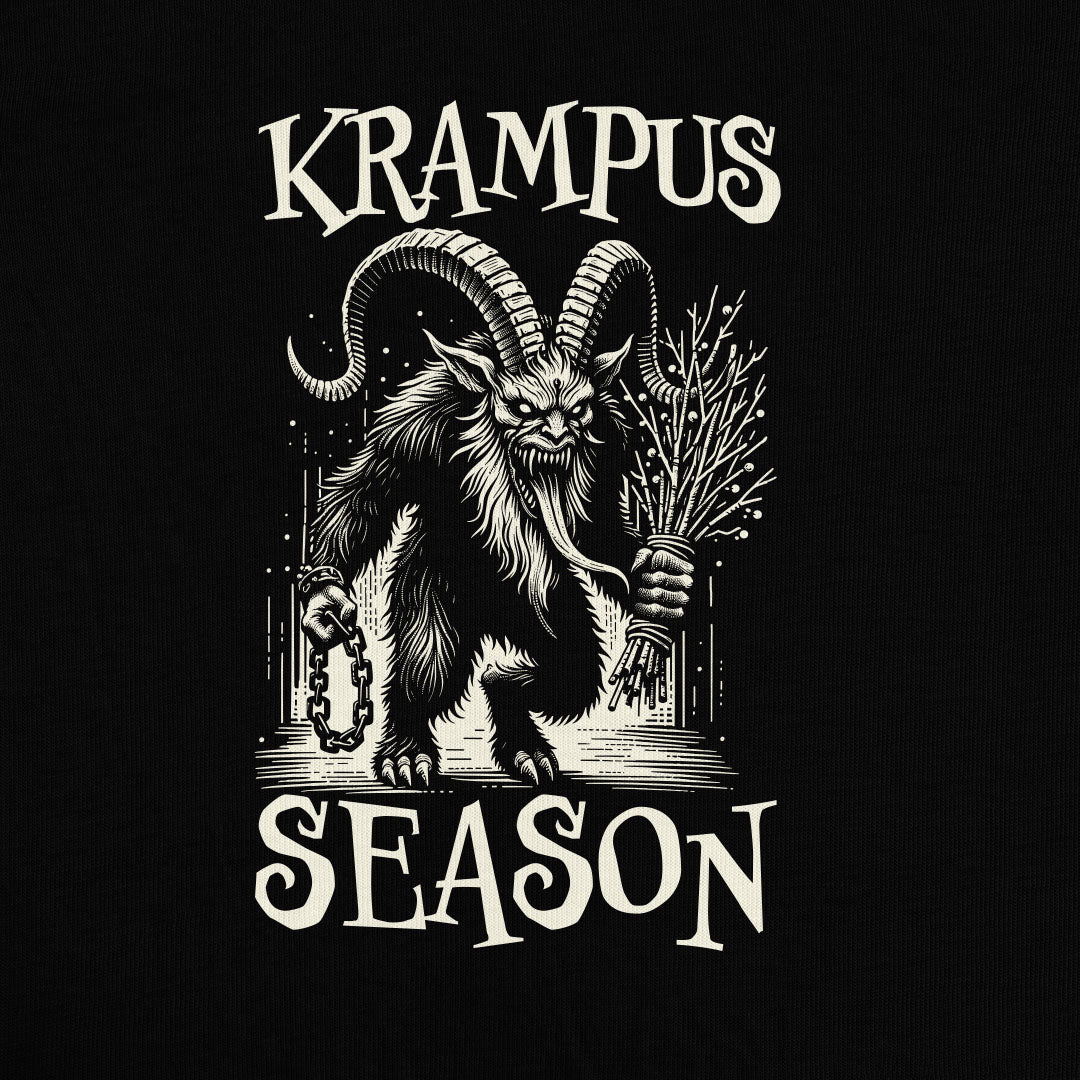
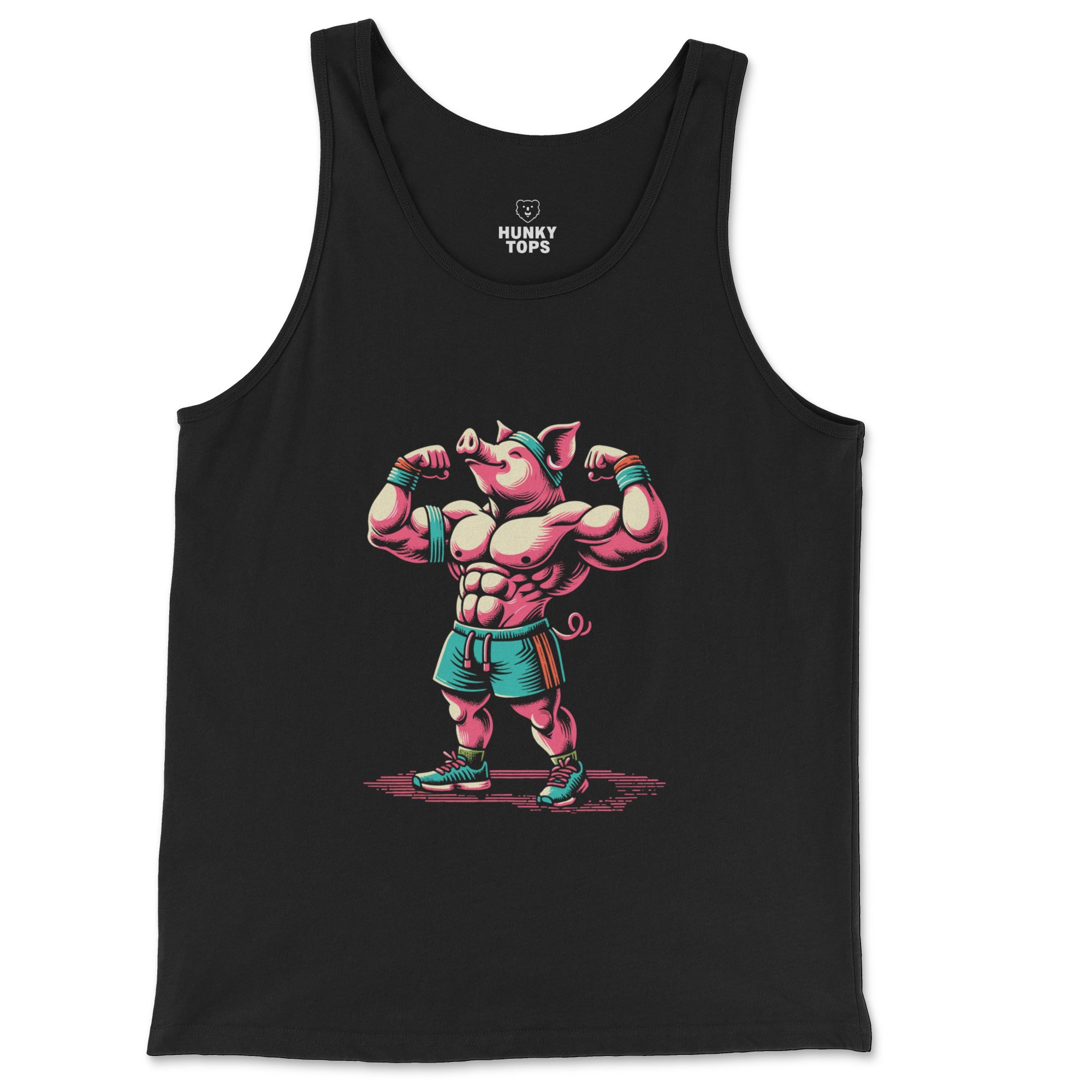
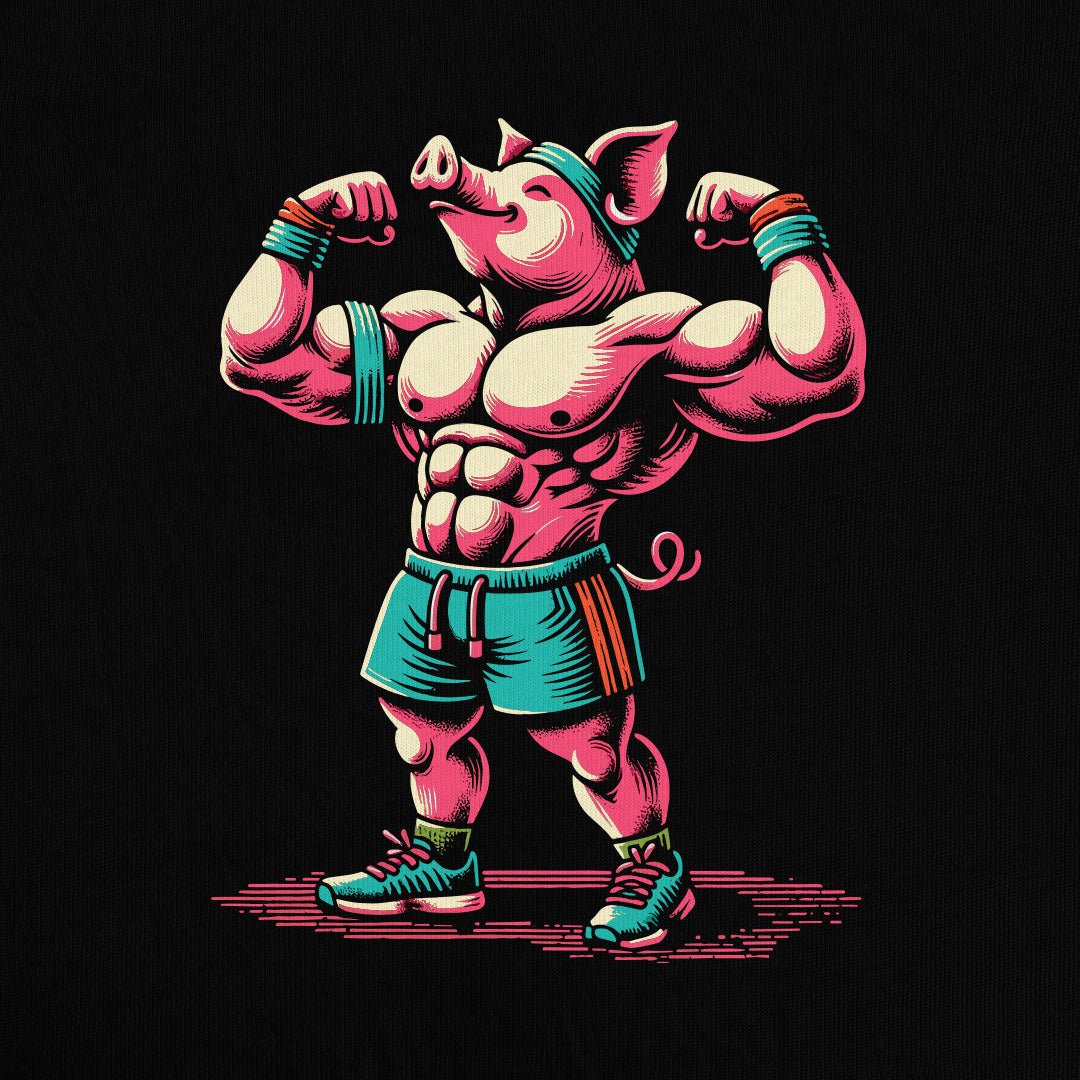


Leave a comment
This site is protected by hCaptcha and the hCaptcha Privacy Policy and Terms of Service apply.